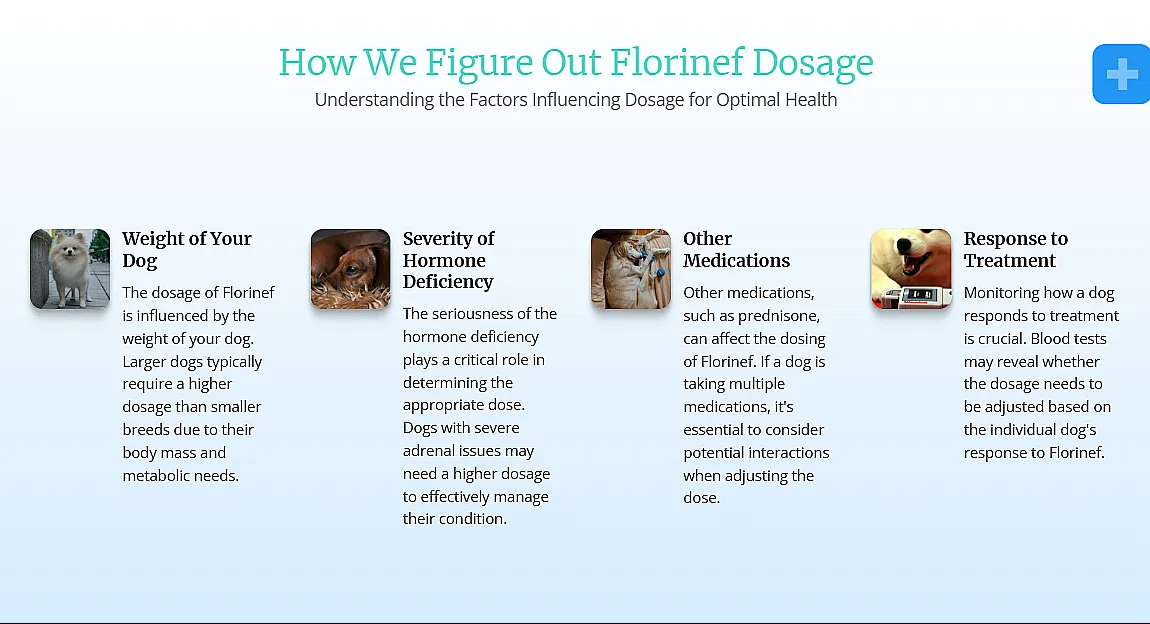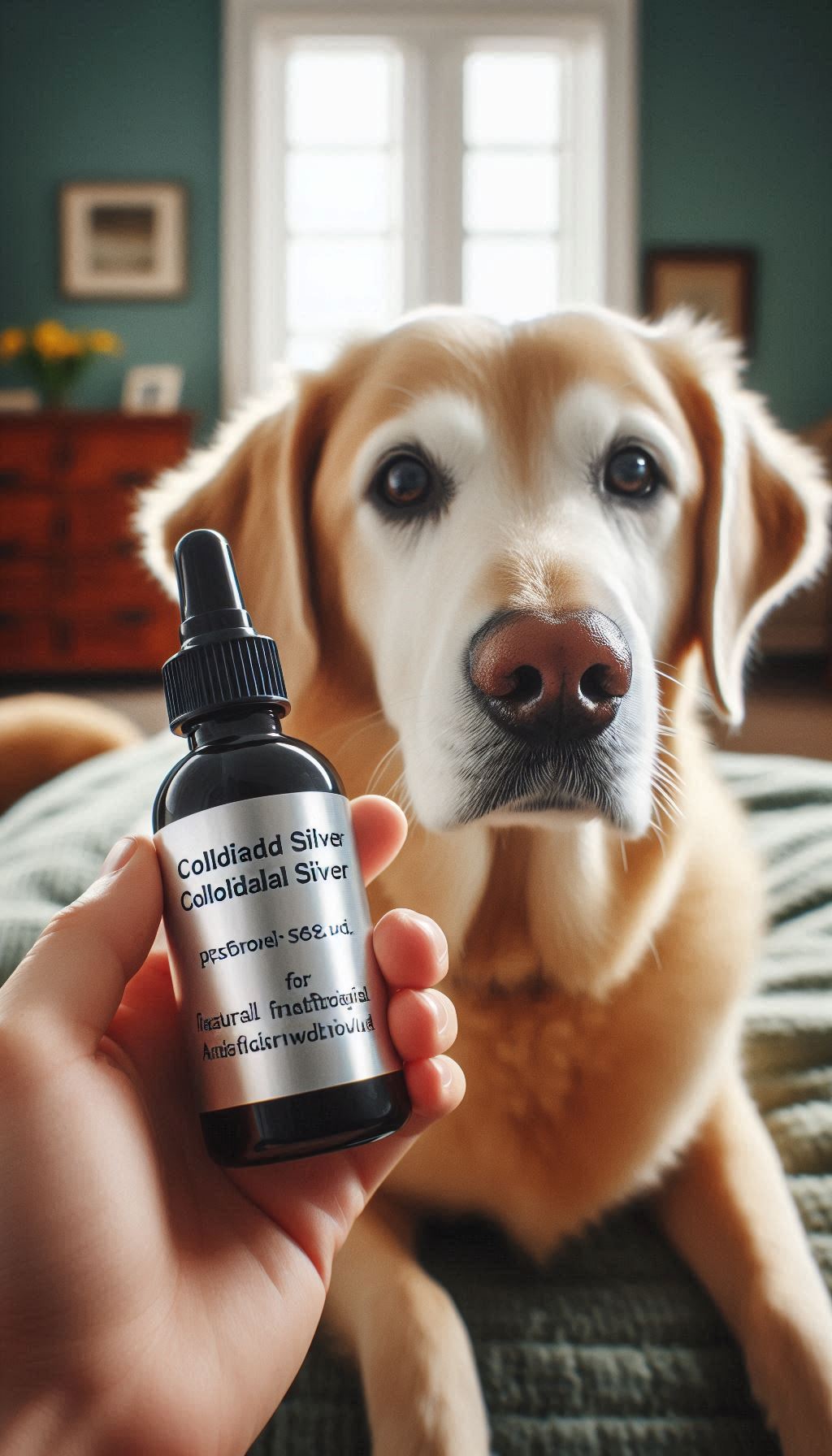If you’re a dog parent who’s ever had your sweet pup suddenly flip into a barking, lunging whirlwind the moment a bicycle zips by—you’re not alone. It’s confusing. It’s frustrating. And yeah, sometimes a little embarrassing too. But here’s the thing: your dog isn’t being dramatic. There’s actually a lot more going on in that furry little brain than we often realize.
Let’s break this down together—Anderson Cooper-style. Real talk, no fluff.
The Speed Factor: Why Fast-Moving Bikes Freak Dogs Out
Imagine chilling in your front yard, and suddenly, without warning, a mechanical blur zips past you faster than you can blink. That’s what a bike is to a dog—fast, unpredictable, and, well, kind of terrifying.
Dogs are hardwired to notice movement. It’s part of their survival instincts. And bicycles? They’re like this weird hybrid between a predator and a UFO. The speed alone is enough to startle even the calmest of canines.
Dogs Don’t Hate Bikes. They Fear Them.
That barking? The lunging? It’s not aggression in the way we usually think about it. It’s fear. Pure and simple. Your dog isn’t trying to be “tough”—they’re trying to protect themselves from what they see as a threat.
It’s All in the Senses: How Sound and Smell Play a Role
Let’s talk about superpowers. Your dog has them. Specifically, in their nose and ears.
- Smell? Dogs have up to 220 million scent receptors. (You and I have just 5 million. We’re amateurs.)
- Hearing? They can hear frequencies we don’t even register—and at a distance that would make Spider-Man jealous.
So when a bike (especially a motorcycle) zooms by, it’s not just “vroom” to your dog. It’s a loud, high-pitched, engine-sputtering sensory assault. Throw in the smell of exhaust and rubber, and it’s a full-blown panic attack waiting to happen.
Stranger Danger: Bikes as Unfamiliar Threats
Here’s another thing—dogs don’t inherently know what a bike is. They don’t grow up with tiny bicycles hanging around their dog parks. A bike is a giant, noisy, fast, metal contraption that rolls into their space uninvited.
To a dog, a bike isn’t just a bike—it’s an alien invader.
Add in their natural instinct to protect their turf, and you’ve got a perfect recipe for barking, growling, and pulling on the leash.
The Prey Drive: Why Bikes Trigger the Chase Instinct
This one’s built deep into your pup’s DNA. Dogs, especially certain breeds, have an incredibly strong prey drive. They’re triggered by movement. Small animals. Rolling balls. Fluttering leaves. And, yes—bicycles.
A fast-moving bike is basically the ultimate “chase me” target. It moves quickly, unpredictably, and often away from the dog, which screams “prey!” to their primal brain.
Some dogs can’t resist. They chase. Not because they hate bikes, but because they’re responding to a centuries-old instinct.
The Balance Thing: How Vibration and Noise Disrupt Dogs’ Stability
Here’s something not a lot of people consider—dogs are sensitive to vibration and balance. That rumbling sound of an engine? Your dog feels that in their paws and bones. It can throw off their sense of control over their environment.
Especially when you’re walking them on a leash, the added stress of those sensory disruptions can trigger defensive behavior. They’re not just uncomfortable. They feel unsafe.
How to Help Your Dog Chill Out Around Bikes
So what can you actually do about it? Good news: There are steps—real, actionable ones—you can take to help your pup feel less like they’re under attack every time a cyclist rolls by.
1. Start with Controlled Exposure
Begin in a calm environment. Place a stationary bike nearby while your dog practices basic commands like sit, stay, or down. Make sure the bike is far enough away not to trigger anxiety.
Pro tip: Treats work wonders. Reward calm behavior with something irresistible.
2. Introduce Movement Slowly
Once your dog is comfortable with the stationary bike, start introducing movement. Have someone your dog knows well slowly push the bike nearby. Keep sessions short, positive, and treat-filled.
Think of it like puppy therapy—gradual exposure builds confidence.
3. Leash Management is Key
Keep your dog close but not restricted. A well-fitted harness or head halter gives you better control while allowing your dog to move and respond naturally.
Avoid yanking or scolding when they react. That only adds stress.
4. Desensitization with Positive Reinforcement
Pair every encounter with something positive. A favorite treat. A belly rub. Playtime. This rewires their brain to associate bikes with good vibes, not panic attacks.
Different Dogs, Different Responses
Here’s the deal: not all dogs react the same way. Some will bark. Others might freeze. Some might ignore bikes completely. And that’s okay.
If your dog’s reaction is intense, or if you’re struggling despite your best efforts, don’t hesitate to reach out to a professional dog trainer—ideally one with experience in fear-based behavior. Sometimes, all it takes is a fresh perspective and some guided practice.
Final Thoughts: It’s Not the Bike. It’s the Experience.
To sum it all up, your dog’s not “bad” or “aggressive.” They’re just reacting to something they don’t understand—and that messes with their senses, instincts, and sense of safety.
Whether it’s the blaring noise, unfamiliar shape, jarring movement, or all of the above—bikes can feel like a threat. But with a bit of patience, training, and lots of positive reinforcement, you can help your dog feel safer and calmer.
The goal isn’t to force them to love bikes. It’s to help them tolerate them peacefully.
Because let’s be honest—walks are way better when everyone’s relaxed, right











